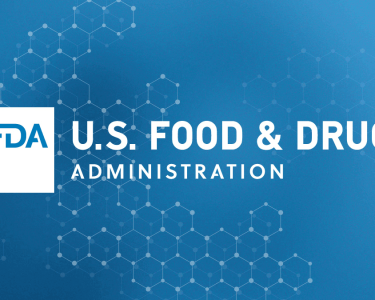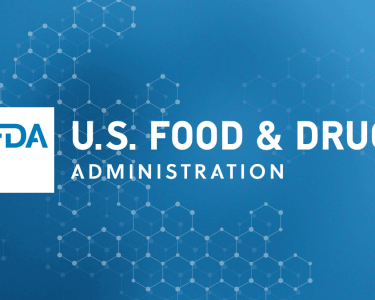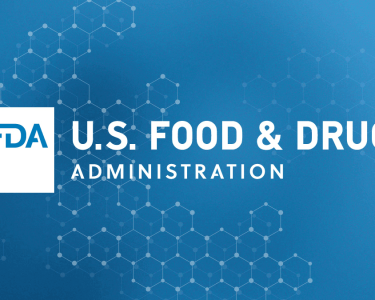
In a randomised placebo-controlled trial with 30 volunteers, urinary LC-MS/MS analysis demonstrated that a tentative GHB-pentose conjugate remained elevated in urine up to 72 h post-administration. This biomarker showed clear distinction from placebo and may offer extended detection compared to GHB itself, representing a significant step forward in forensic toxicology.
ABSTRACT
Gamma-hydroxybutyric acid (GHB) has been implicated in drug-facilitated sexual assault (DFSA). However, due to its rapid elimination and the challenge of distinguishing exogenous from endogenous levels, GHB is likely to be significantly underestimated in DFSA cases. Consequently, previous research has focused on identifying biomarkers associated with GHB intake that persist longer than GHB itself. Conjugates of GHB with amino acids and pentose have been proposed as potential candidates, but data on their detection times remain limited. In this study, a randomised, placebo-controlled trial involving 30 healthy volunteers was conducted. Urine samples were collected at regular intervals over 5 days post-administration. Using a validated LC-MS/MS method, we quantified known and proposed GHB biomarkers, aiming to identify those capable of extending the detection window. GHB–amino acid conjugates showed limited utility beyond early time points, whereas a tentatively identified GHB-pentose emerged as a very promising marker. With structural confirmation and further validation, it may allow reliable detection for at least 24 h after intake, representing a significant advance in DFSA investigations.



